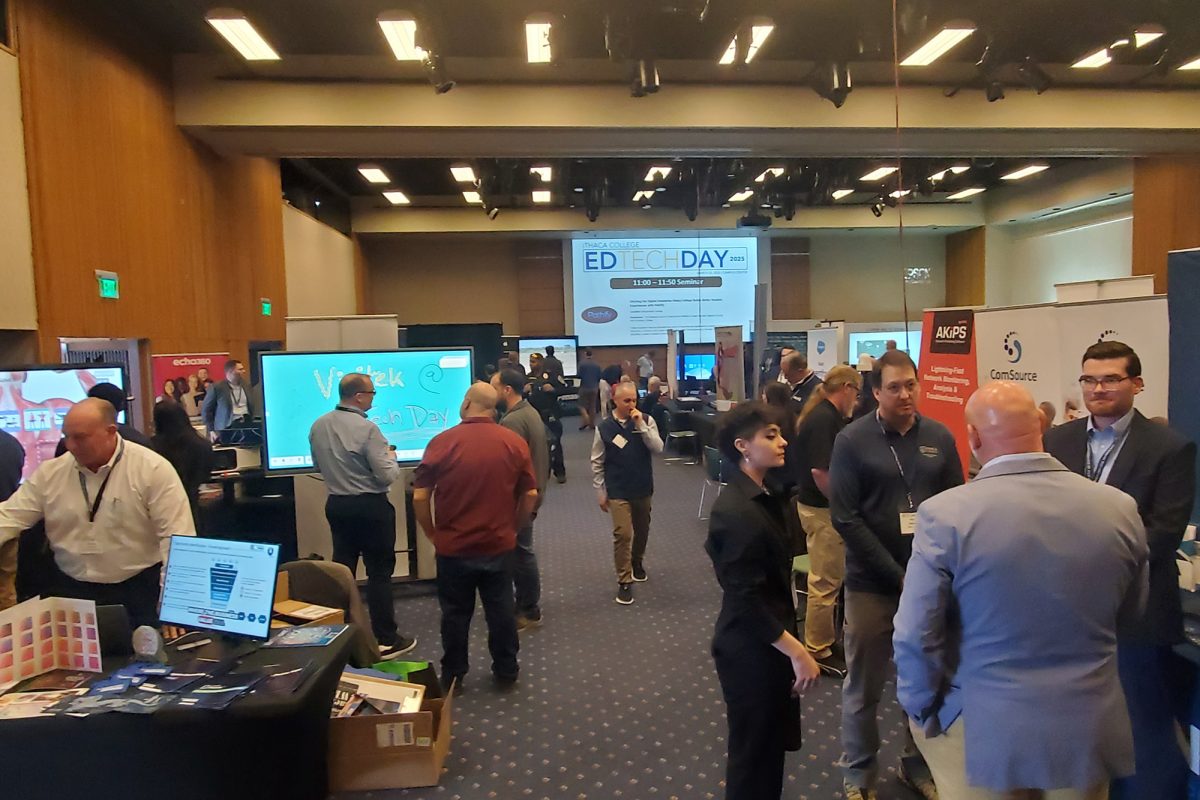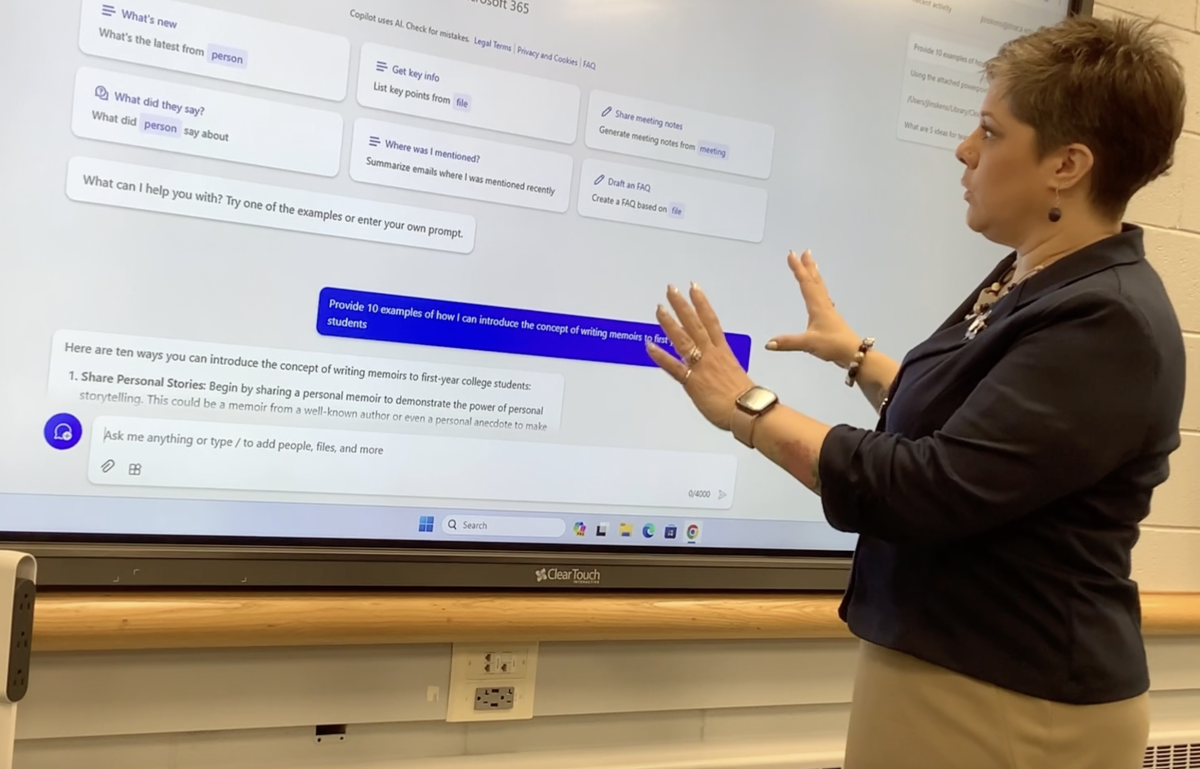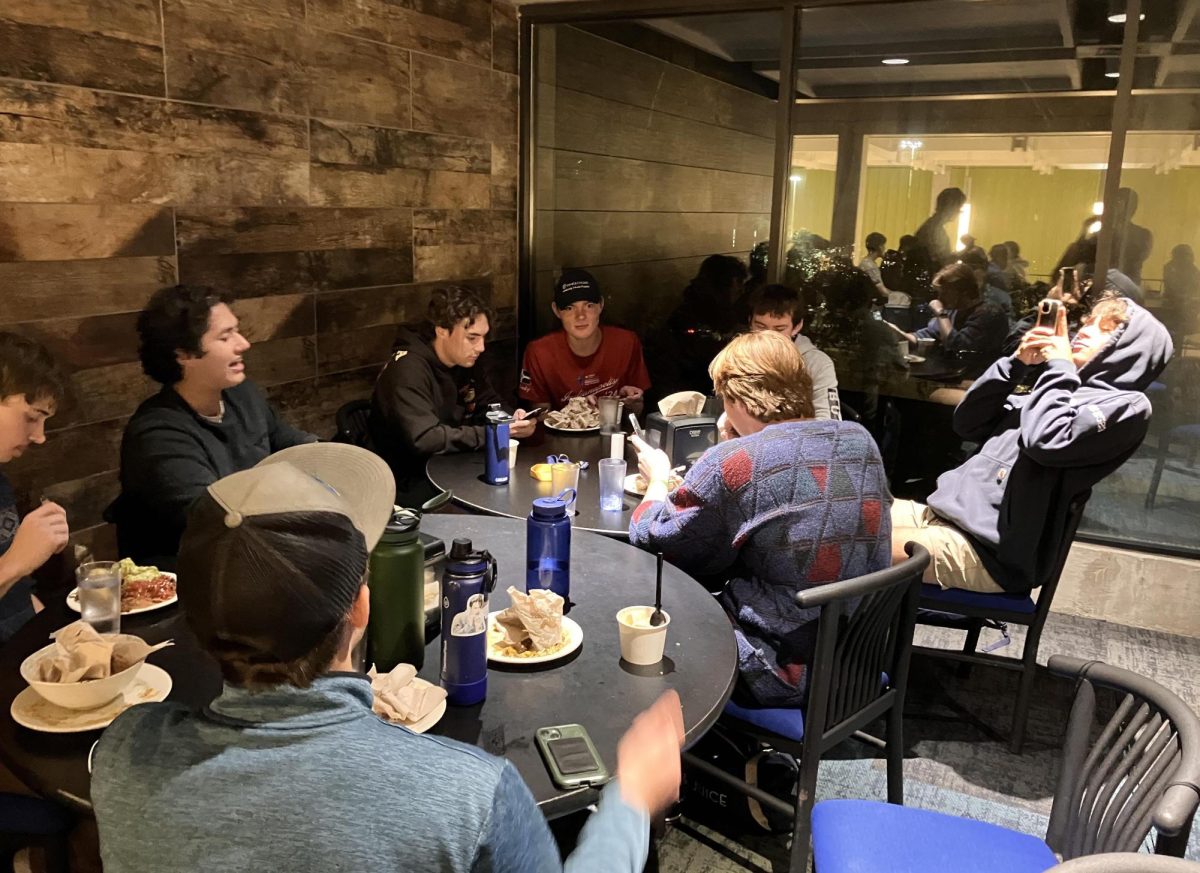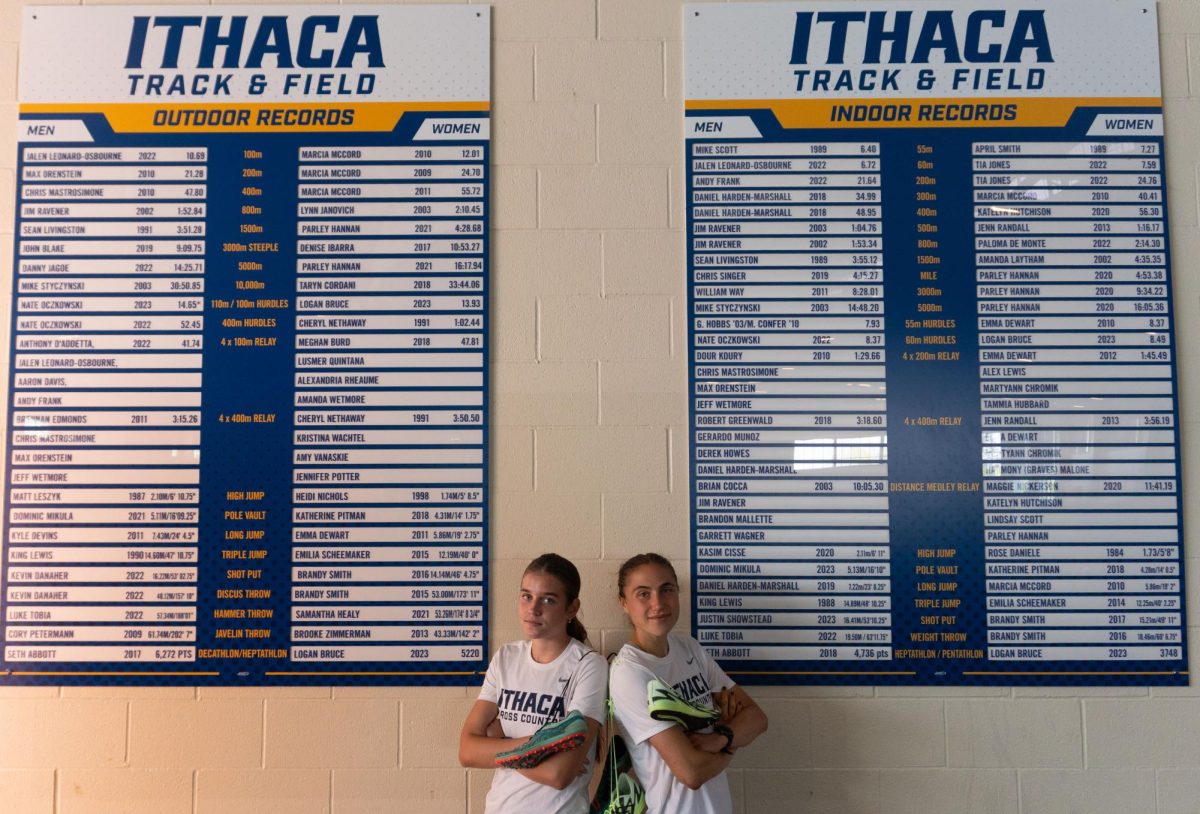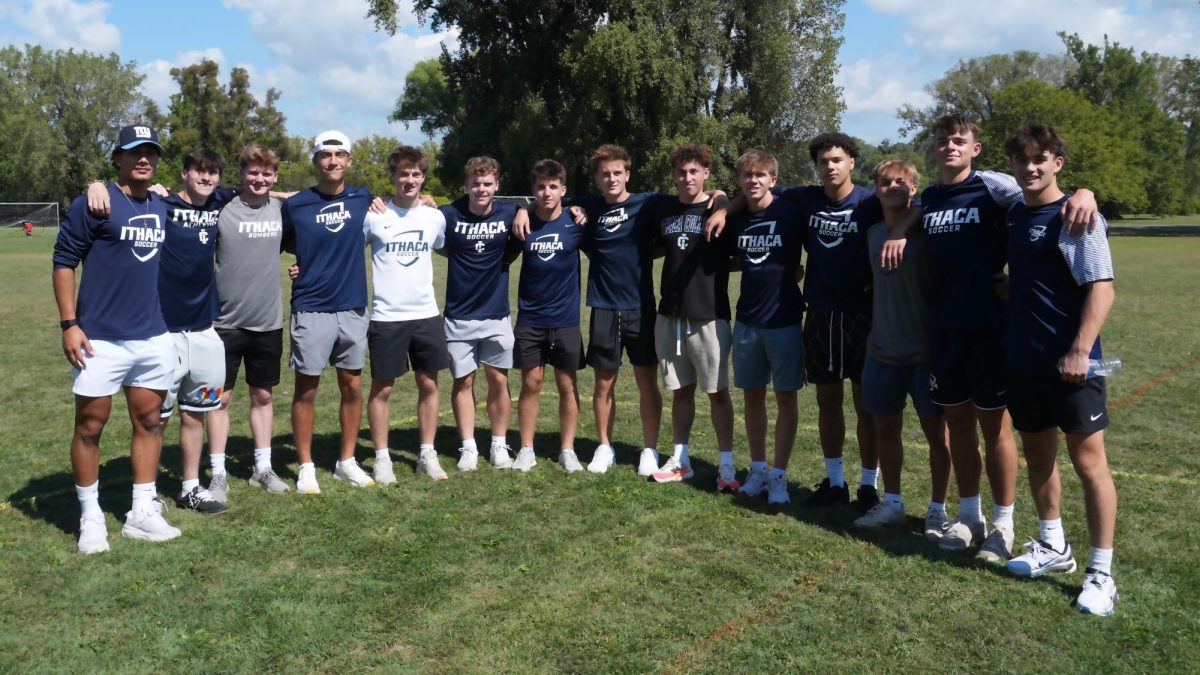As a social studies teacher, Todd Crawford originally disliked the idea of putting technology in his students’ hands. Today, he teaches a digital literacy class at Ithaca’s Boynton Middle School. Crawford helps his students navigate coding and topics like cyber safety.
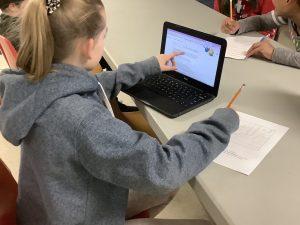
“I’m really good for this class … because I’m tech savvy,” Crawford said. “I also have a sense of what it is like to live without a computer. And I really push for kids to be able to play outside, be with their families and know that that is a huge important part.”
Introducing the 1:1 laptop program to Ithaca schools
The middle schoolers who Crawford teaches are among the approximately 6,000 Ithaca City School District students who are given technology each year through the district’s 1:1 laptop program, launched in 2015.
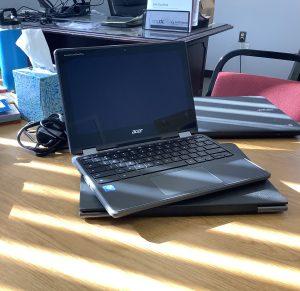
Digital Learning Day, which highlights innovative teaching practices that incorporate technology, recently showcased ICSD’s laptop program. The feature was published online, prior to Digital Learning Day, held Feb. 25.
Zachary Lind, Chief Information Officer for the district, said students in first through third grades receive iPads while students from fourth to twelfth grades receive Chromebooks.
“When we started this initiative, we were one of the first districts in the state to go one-to-one with Chromebooks and send our devices home,” Lind said. “That’s significant because it shows that we’re willing to take risks on behalf of our students.”
Lind said the district was able to purchase Chromebooks for its schools through state funding in 2015. The district worked with the BOCES to purchase Chromebooks, which cost approximately $250 each in 2015, Lind said.
However, he said the district still had to cover a considerable amount of the cost.
“It’s a huge expenditure but it is affordable for our district,” Lind said.
To reduce maintenance costs, Lind said the district has a student club dedicated to learning how to repair laptops.
The Computer Science for All Movement
With a device in the hands of every student, Ithaca school district leaders had to think carefully about how to tweak the curriculum to better prepare students to utilize technology correctly, according to Lind.
The district began working with Cornell Tech, Computer Science for All and Tompkins Seneca Tioga BOCES on a Computer Science initiative, Computer Science for All.
Computer Science for All was started by former U.S. President Barack Obama to equip students of all ages with the skills needed in a digital economy.
Although ICSD has had a digital literacy class for approximately 20 years, this is Crawford’s first year teaching Scratch block coding. Scratch is a coding program for the youth that allows users to drag blocks to create logical steps that Sprites — virtual figures — navigate. Crawford said he is one of the first teachers in Central New York to use Scratch in his classes.
“I’ve been teaching for 26 years and the students are more focused in this class than any other class I’ve ever taught,” Crawford said. “I think the biggest challenge is to get them off the computers after school.”
Effectiveness of technology programs in the classroom
A study about the use of technology in the classroom found that technology is not the sole agent of change when it comes to student productivity in the classroom. Education relies on teachers that embrace the adaptation of technology in the classroom to promote positive change. Teachers, like Crawford, have to be privy to the benefits of technology in the classroom.
Crawford said that with the laptop program, every student has access to the same tools. Students can learn in new ways with technology. For example, one of Crawford’s sixth grade students, Kai, said technology improves her reading ability.
“I don’t really read that well and on Chromebook is bigger words, like letters for the words and shorter paragraphs,” Kai said. “And, there are all these secret places that you can go on the Chromebook and it’s just so intriguing. And I’m like, woah, I can do this on here and I can do this.”



